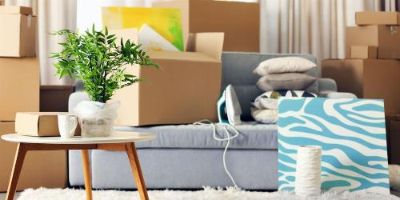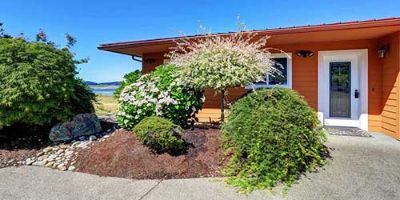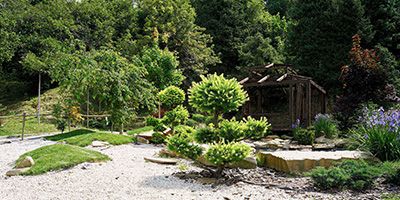Waste Industry Facts and Statistics
Catch the latest news and statistics about landfills and trash, following waste from its creation to final destination.
Landfills
Find out how hazardous waste disposal sites properly handle harmful materials like household cleaners and paint so you can safely get rid of them.

After garbage is tossed, the majority of it is sent to a landfill to decompose, while recyclables are sorted and repurposed in a recycling center.

Curious what happens after a landfill is capped? Instead of being abandoned, many are transformed into useful community spaces like parks, wildlife habitats or green energy projects. Find out what happens to old landfills and how they might be benefiting your neighborhood.

Zero landfill means sending nothing to the landfill via recycling, but zero waste supports eliminating trash altogether by redesigning product life cycles.

Sanitary landfills operate by layering waste and tightly sealing it. Experts monitor the drainage and gas collection systems beneath the waste for leaks.

What is anaerobic digestion? It’s a process that aims to turn waste into renewable energy. We talked to the experts to learn how anaerobic digestion works and the potential benefits.
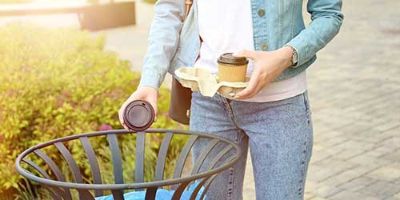
After you throw your garbage away, it's usually sorted at a transfer station then sent to another facility. Start here to learn where your trash goes next.

Learn about the four main landfill types — MSW, industrial, hazardous and green — and how each works to ensure your trash is properly taken care of.

Many businesses encounter biohazard risks every day. Learn helpful biohazardous waste storage and disposal methods to keep your workplace safe.

Capturing landfill gas and converting waste to energy is a simple process. According to the EPA there are over 600 facilities operating across the country, so you may have trash to thank for your electricity.
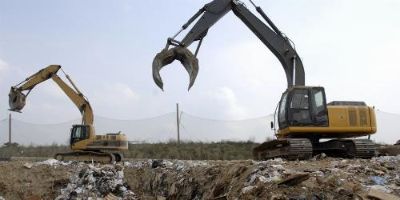
Ever wonder what happens at a waste transfer station? Find out exactly how they work, and the important role they play in managing our trash.
Trash Statistics

After garbage is tossed, the majority of it is sent to a landfill to decompose, while recyclables are sorted and repurposed in a recycling center.
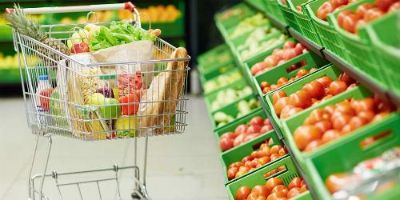
Are these grocery store waste statistics true where you shop? Learn how much food your supermarket throws away, why so many don’t donate and how they could benefit by cutting waste.

Illegal dumping impacts you in many ways—from your health to your property value and community well-being. Learn the facts and some solutions to the problem.
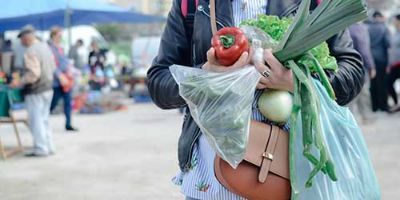
Plastic bags can contaminate food sources when improperly disposed, but will your food be exposed to bacteria without them?

The U.S. produces 268 million tons of waste — 140 million going into landfills — each year, with the average American tossing 4.5 pounds of trash per day.

After you throw your garbage away, it's usually sorted at a transfer station then sent to another facility. Start here to learn where your trash goes next.
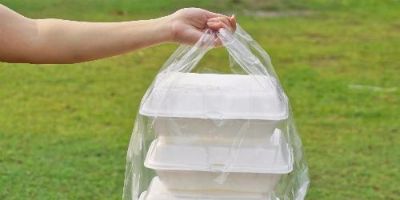
Learn the facts about restaurant food waste and how you can start your own food donation program with help from groups like the Food Donation Connection.


